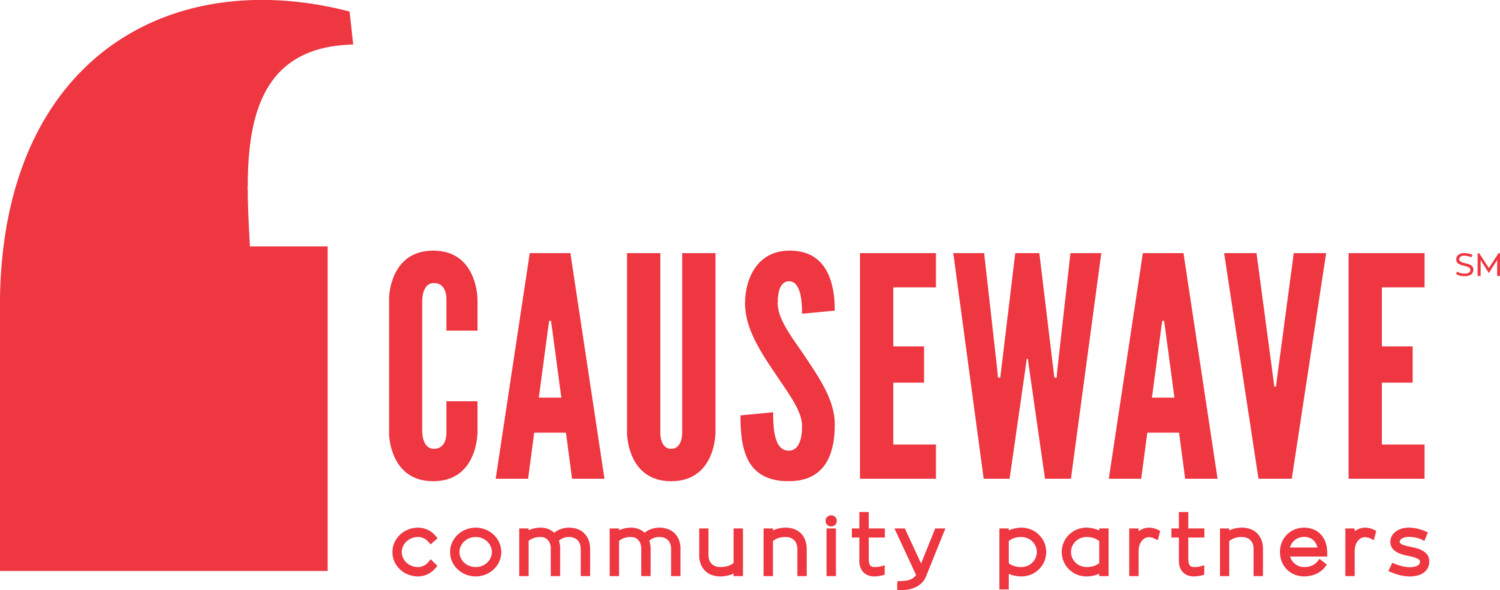Crafting an Unforgettable Elevator Speech
Considerations for Your 60-Second Pitch
Estimated read time: 2 minutes
Maybe this sounds familiar: you’re walking down Park Ave with your dog, or standing in line at Wegmans, or sitting in the waiting room at your doctor’s office. You run into an old friend you haven’t seen in person since before the pandemic. As you exchange pleasantries, they ask how work is going and you realize how long it’s been since the two of you last connected. So much that has changed, and you find yourself struggling to decide where to start.
Before you know it, your friend has to go as does the opportunity to make a connection that could help your organization.
We’ve all been in this situation and fumbled our way through a mediocre response, kicking ourselves afterward for not representing our organization in the best light. With the world opening back up and people craving meaningful interactions with others, now is the perfect time to build relationships. And, it starts with a clear, concise representation of who you are and what you do.
ENTER the Elevator Speech.
An elevator speech is a concise but detailed description of your organization that sparks interest and maybe even advances the narrative to a deeper conversation. The idea is that it should be given in the time it takes to ride an elevator, usually 60 seconds or less.
The perfect elevator speech is not just about what you would say in one of the scenarios above. There is strength in numbers. Ensuring everyone on your team is able to briefly and accurately represent your organization can be a challenge, but clear and effective communication is a must towards building a marketing strategy that advances your cause.
Since capacity building is about starting where you are and making conscious improvements over time to create a sustainable and effective organization, let’s break this down. After all, the people you serve are counting on you to get to the next level of impact.
When crafting your elevator speech—generally, or for a specific audience like a potential donor or volunteer—consider the following questions:
What language in the organization’s mission or vision is most meaningful to you?
What is the most exciting thing happening at the organization?
What’s your favorite mission story? (e.g., example of someone the organization has helped, impact the organization has helped create)
What excites you about working or volunteering for this organization?
Answering the questions above is a great activity to build into your next staff or board meeting, or can be done alone until you are comfortable asking others for feedback. Don’t forget, practice makes perfect, but it shouldn’t feel forced or robotic. You want it to serve as the launch of an authentic, meaningful conversation, which means it’s not about memorizing the employee handbook or industry jargon.
Once you’ve answered these key questions and used the answers to construct a compelling message, you’ll be ready for that next unexpected opportunity. And it could be right around the corner, so don’t wait!
Want to know more about how to workshop your perfect elevator speech? Start here. Causewave connects you to the knowledge and resources you need to address your challenges and make continuous improvements to your organization.
Email us at info@causewave.org with any questions, comments or personal experiences. We’d love to hear from you.
